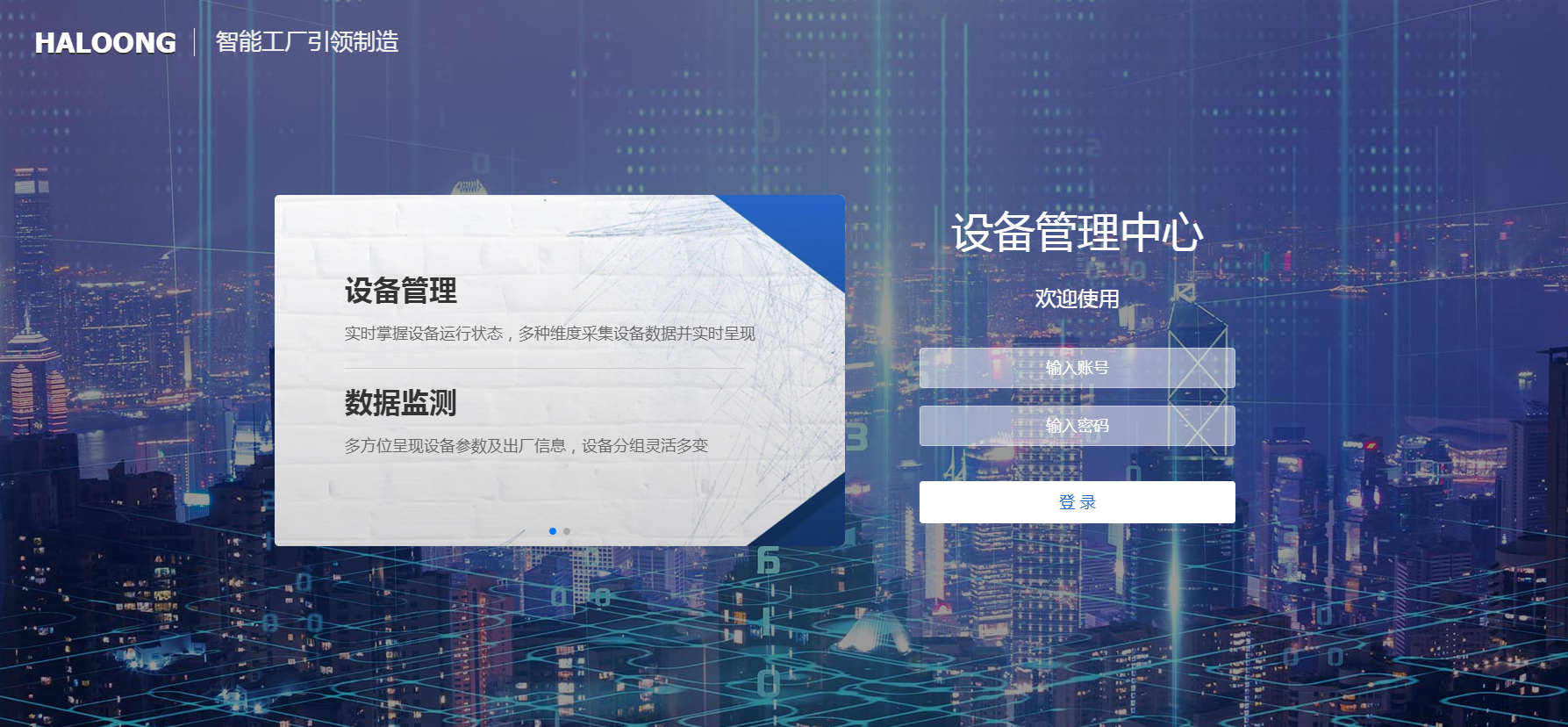The energy visualization of iot CNC press brings changes to refractory companies
Author: haloong Time: 2023-12-07 09:46:18
Refractory material is an important part of high temperature industry, widely used in metallurgy, chemical industry, building materials and other industries. However, under the traditional production mode, refractory enterprises are faced with high energy consumption and low production efficiency. In order to solve these problems, more and more enterprises are beginning to introduce Internet of Things technology and CNC presses.
Second, the application of energy visualization technology
The CNC press of the Internet of Things realizes real-time monitoring and data acquisition of the production process through sensors and data analysis technology. Among them, energy visualization technology is an important application. The technology can display and analyze the energy consumption data in the production process in real time, and help enterprises better understand the energy consumption in the production process, so as to take corresponding measures to optimize.

3. Actual production cases
Taking a refractory enterprise as an example, the enterprise introduced an iot CNC press and equipped with an energy visualization system. Through real-time monitoring and analysis of energy consumption data in the production process, enterprises have found some problems. First of all, the energy consumption in the production process fluctuates greatly, and there is obvious waste phenomenon. Secondly, some of the equipment is less energy efficient and needs to be upgraded or replaced.
In response to these problems, the company has taken the following measures:
Debug and optimize the equipment whose energy consumption fluctuates greatly to reduce the peak energy consumption and improve the stability of the equipment.
Upgrade or replace less energy efficient equipment and introduce more efficient equipment and technology.
Through the intelligent scheduling function of the CNC press of the Internet of Things, the automatic operation and collaborative work of the equipment are realized, and the production efficiency is improved.
After a period of implementation and optimization, the enterprise has achieved remarkable results. First of all, the energy consumption in the production process has been effectively controlled and the production cost has been reduced. Secondly, the production efficiency has been significantly improved and the production cycle has been shortened. In addition, through the real-time monitoring and data collection of the production process, enterprises can also discover and deal with equipment failures and abnormal situations in a timely manner, ensuring the safety and stability of production.







